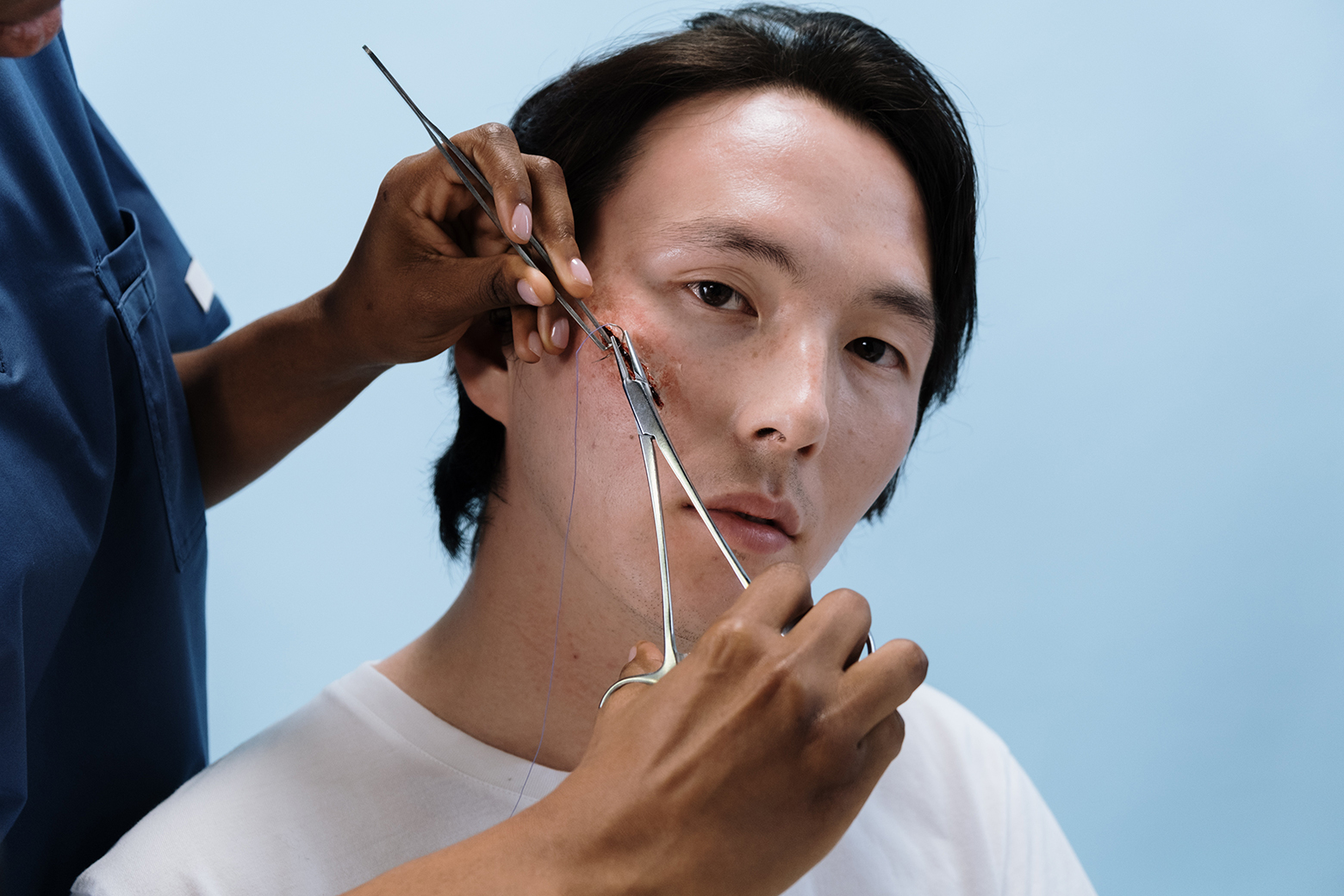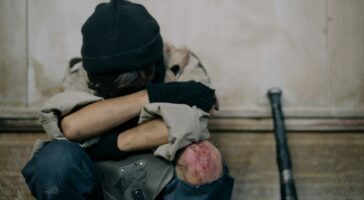Urgent Care
Diagnosis, treatment, and services for your everyday medical needs such as flu shots and lab work.
Feb 22, 2023

Major or small, we can all think back to a time when we cut, scraped, or grazed ourselves. Sometimes all we needed was a band-aid, other times stitches. Either way, these unexpected accidents happen, especially for kids. Children love to play and sometimes when they’re monkeying around on the jungle gym or the playground, they fall and find themselves with a laceration. As a parent, it can be terrifying to find your son or daughter suffering from an open wound which is why understanding the difference between a deep wound and a shallow one is so important.
A laceration is a tear or opening in the skin caused by an injury. Lacerations may be small and need only minor treatment or may be large enough to require emergency medical care. Wounds such as cuts, scrapes, and lacerations are a split of the skin caused by an impact of some sort. It is common for children to sustain these types of injuries through play, sports, accidents, or ordinary day-to-day activities. Lacerations and other abrasions can happen in almost any area of the body. Depending on the area affected and the severity of the cut, there may be a lot of bleeding or very little.
Minor wounds do not usually require medical attention and can be managed with standard first-aid procedures at home. You should apply pressure to your child’s wound with a clean paper towel or cloth and after removing pressure, the bleeding should slow down or stop altogether. If bleeding continues, reapply pressure and take your child to their healthcare provider for further evaluation.
If bleeding has stopped or slowed, rinse the wound and surrounding area with water. If you can see any dirt or debris in the wound, use a pair of sanitized tweezers to remove any particles. Very small amounts of dirt are OK in grazes but if there are large amounts that you can’t remove, take them to a medical professional who can do it for you.
Lastly, cover the wound with a bandage. This will help to keep the wound clean and will protect the area as it heals. Keeping the wound covered also keeps the wound moist, which helps the healing process.
Like minor wounds, try to stop the bleeding by applying pressure to the injured area. If this doesn’t work and there is a large amount of bleeding that does not quickly stop, or the wound is very deep or is a deep puncture wound, or the wound is gaping apart, despite controlling the bleeding it may need closing with glue or stitches which will require a visit to their healthcare provider.
Stitches are special types of thread that hold wound edges together while they heal. Stitches help to stop bleeding, reduce scarring and decrease the chance of infection in the wound.
Steri-Strips are special adhesive bandages that can sometimes be used on shallow wounds instead of stitches. Steri-Strips perform the same functions as stitches.
Lacerations that involve the face, are longer than 1/2 inch, are deep, or are bleeding heavily, may require stitches.
If your child’s healthcare provider needs to place stitches or use Steri-Strips to close a laceration, you will be given specific instructions on how to care for the stitches. Treatment at home will be based on the place and size of the laceration, the type of stitches used, and any special needs noted by your child’s physician. Sometimes antibiotics are given to help prevent infection in the wound.
Some stitches dissolve and do not need to be removed while other stitches require removal. Your child’s provider will let you know when to return to have stitches removed. It’s important to know that you should not attempt to remove your child’s stitches at home.
For minor wounds, change the bandage whenever it becomes wet or dirty and replace it with a fresh one. Watch for signs of infection as the wound heals and if it seems to not be healing properly, take them to their healthcare provider for evaluation.
Typically, lacerations are no big deal but if your child’s wound doesn’t stop bleeding and the cut looks deep, your best bet is to have them looked at by a medical professional. Wounds can be scary, and no parent wants to witness their son or daughter bleeding, but rest assured, the experts at Chai Care will take great care of your child and will have them as good as new in no time!
* Legal disclaimer: The content of this article and the entire Chai Care blog is for educational purposes only; it does NOT constitute medical advice and must not be considered as such. Please consult a medical professional regarding any symptoms or health concerns you or your loved ones.

Nobody wants to spend hours sitting in a crowded emergency room, especially when you or your loved ones…

In today’s fast-paced world, time is a precious commodity, especially when it comes to healthcare. At Chai Care,…

Healthcare is the cornerstone of a thriving society, and at Chai Care, we firmly believe that it should…

In the fast-paced world of urgent care, every moment counts. When patients walk through our doors at Chai…

Kids are bound to injure themselves at some point or another. Sometimes it’s a broken bone after taking…

There is no other way of saying it, but we all poop. It’s something every person does and…

Broken bones are no joke. Injuries like breaks and fractures can have long-term effects if gone untreated and…

All kids get a fever at some point or another. This may sound like a bad thing, but…